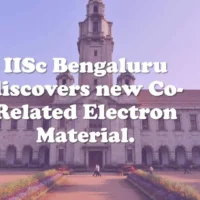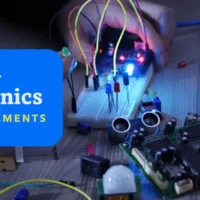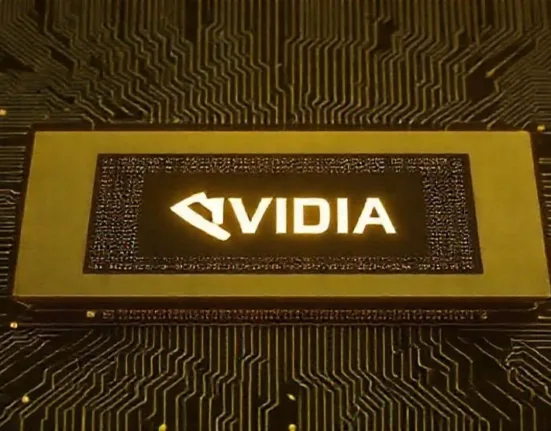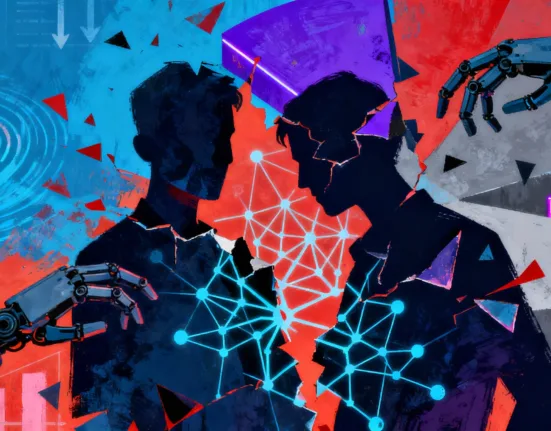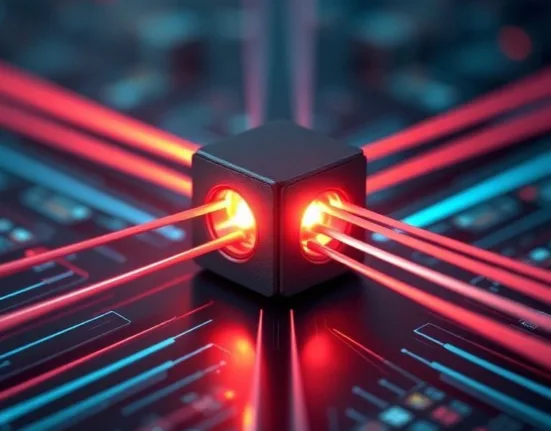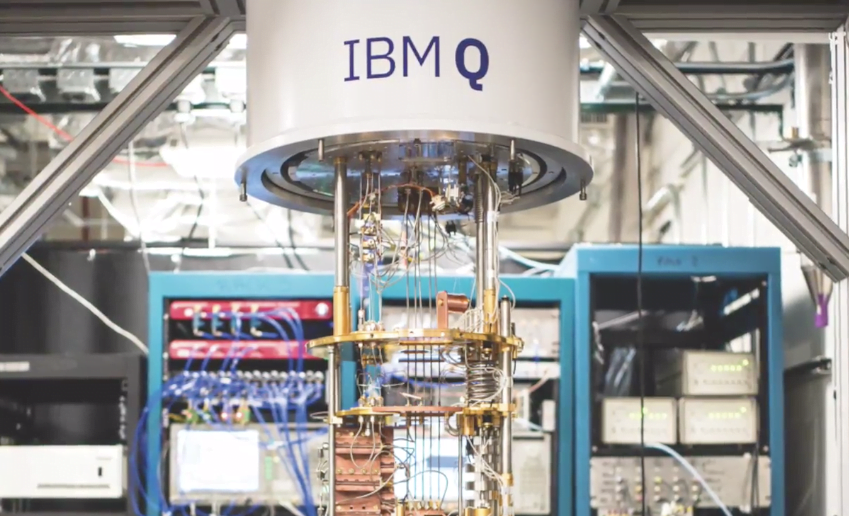Google’s Quantum Echoes Algorithm Sparks Debate Over Quantum Advantage Claims
- by Priyadarshan
- 24 October 2025
- 3 minutes read
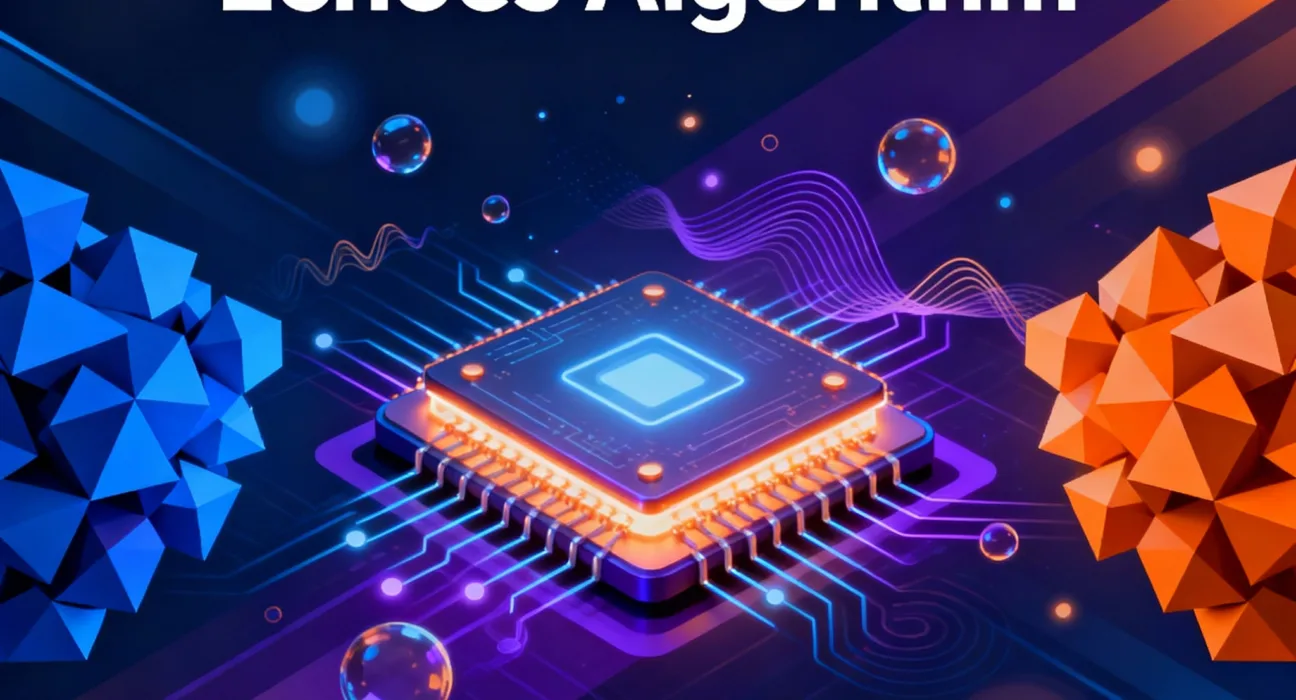
Key Insights
- Google claims a new ‘quantum advantage’ with its Quantum Echoes algorithm, reporting 13,000x speed over top supercomputers.
- Experts acknowledge Google’s technical leap but caution that the practical impact and significance remain debated within the scientific community.
- The Quantum Echoes algorithm could enable practical quantum applications in molecular structure analysis and drug discovery within five years, according to Google.
Google’s Quantum Echoes Algorithm: What’s New and Why It Matters
On October 22, 2025, Google researchers announced a major milestone in quantum computing: their new Quantum Echoes algorithm, run on the Willow quantum processor, reportedly achieved a verifiable quantum advantage—meaning it solved a problem faster than even the world’s best classical supercomputers could manage. According to Google, Quantum Echoes completed its task 13,000 times faster than a top supercomputer, marking what the company calls the world’s first repeatable, beyond-classical computation that can be cross-verified by other quantum machines.
How Quantum Echoes Works—and Its Claimed Quantum Advantage
Quantum Echoes is designed to model a physics experiment known as an Out-of-Time-Ordered Correlator (OTOC), a tool used in studying how information spreads in quantum systems. The process involves running operations on the Willow chip forward, perturbing a single qubit, reversing the operations, and then measuring the resulting “echo.”
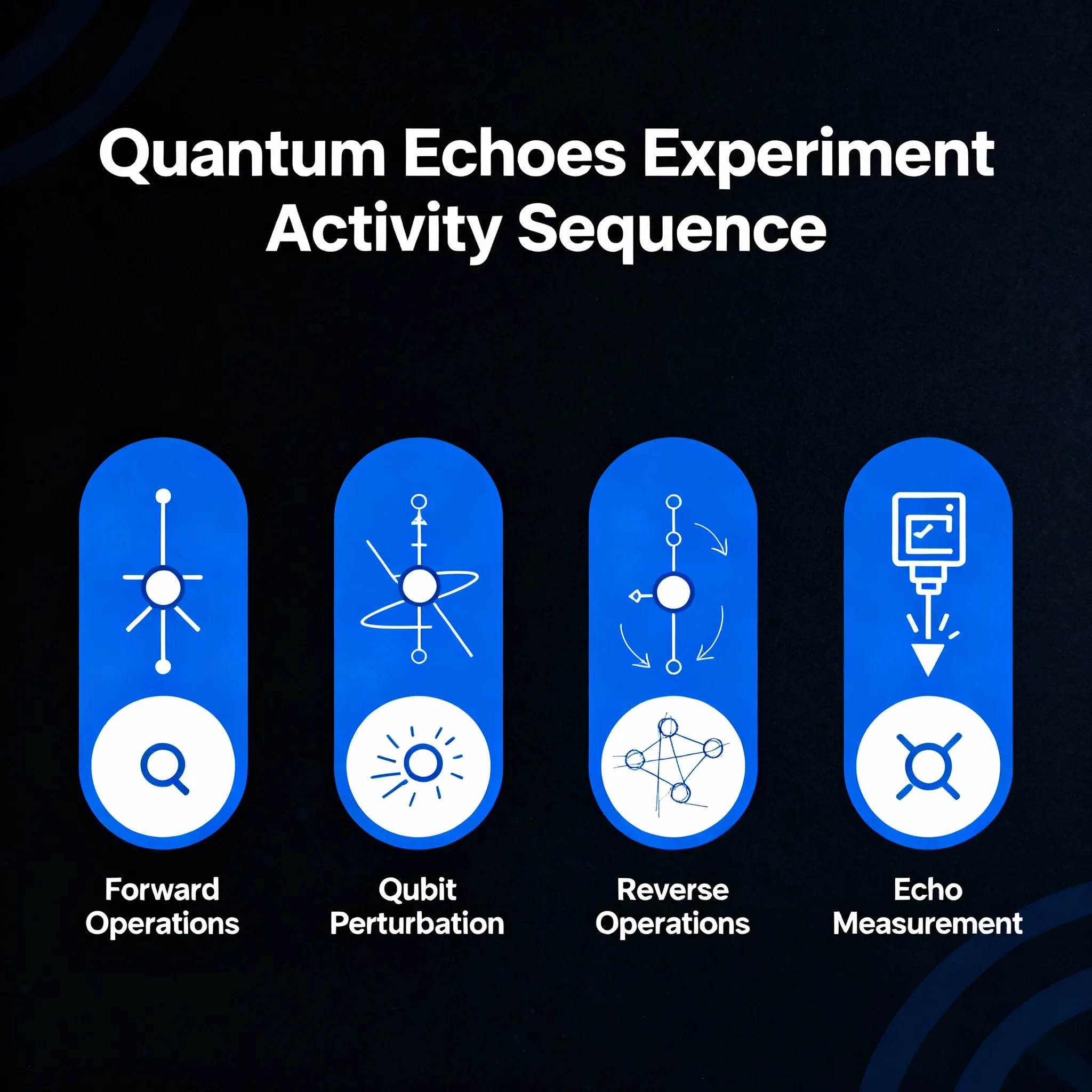
Let me explain this in simpler and detailed manner :
Let’s imagine quantum computing as a magical playground, and the Willow chip is where all the action happens.
- Setting Up the Game (Forward Operations)
Think of every qubit on the Willow chip as a player learning dance steps. Scientists teach them a routine, guiding each move—every step syncs up, forming a perfectly coordinated group. - The Surprise Twist (Perturbing a Qubit)
Suddenly, someone gives one dancer a tiny nudge—just enough to shake things up. In the quantum world, even the smallest poke can ripple across the squad, just like how one out-of-sync dancer can throw off the entire group’s rhythm. - Hitting the Rewind Button (Reversing the Dance)
Now, the scientists ask everyone to try undoing their steps, moving in reverse as if they’re playing a video backward. The big question: can the group return flawlessly to their starting positions, or does that one nudge mess things up for good? - Listening for the Echo (Measurement)
Scientists now turn into judges, measuring how closely the final position matches the original routine. Did the moves echo back perfectly, or did chaos spread, leaving only a faint trace of the starting order? - The OTOC Secret (Out-of-Time-Ordered Correlator)
To score the performance, researchers use a special referee—called the Out-of-Time-Ordered Correlator (OTOC). This tool checks how much that little nudge scrambled the group, helping scientists see just how fast and how far information travels in the quantum playground.
Potential Applications: From Molecules to Drug Discovery
Google’s team demonstrated Quantum Echoes’ ability to characterize molecular structures, suggesting quantum computers could soon augment or surpass traditional Nuclear Magnetic Resonance (NMR) techniques. This could open new paths for drug discovery, material science, and understanding complex biological systems—fields where simulating quantum interactions is essential.
Google predicts practical, real-world quantum computing applications could arrive within five years, driven by advances in both algorithms and hardware.
You Would Love To Read: Molecular Qubits Achieve Telecom Compatibility, Paving the Way for Scalable Quantum Networks
Scientific Community Reacts: Skepticism and Cautious Optimism
Despite the excitement, many quantum physicists and computational scientists urge caution. The burden of proof for quantum advantage remains high, and some experts, including Dries Sels (New York University) and James Whitfield (Dartmouth College), have questioned the immediate significance and utility of Quantum Echoes. While Google’s achievement is recognized as technically impressive, critics note that modeling a specific physics experiment may not translate to broader, real-world quantum computing breakthroughs. The wider scientific community is taking a measured, critical stance, awaiting further validation and demonstration of practical impact.
Join the Conversation: WireUnwired Research Tech Communities
Stay ahead on quantum computing and tech breakthroughs—join our WhatsApp group WireUnwired Research or our LinkedIn community WireUnwired Research for expert analysis and discussion.
Discover more from WireUnwired Research
Subscribe to get the latest posts sent to your email.



